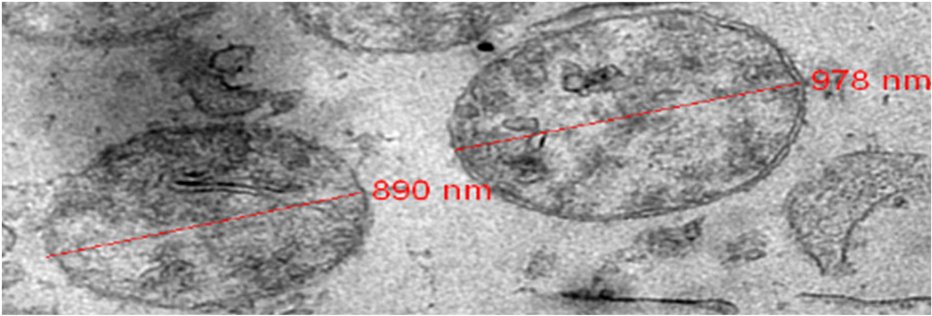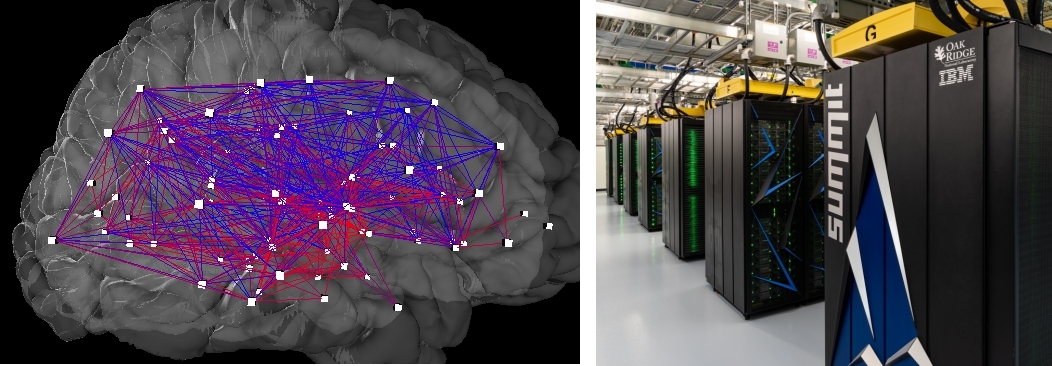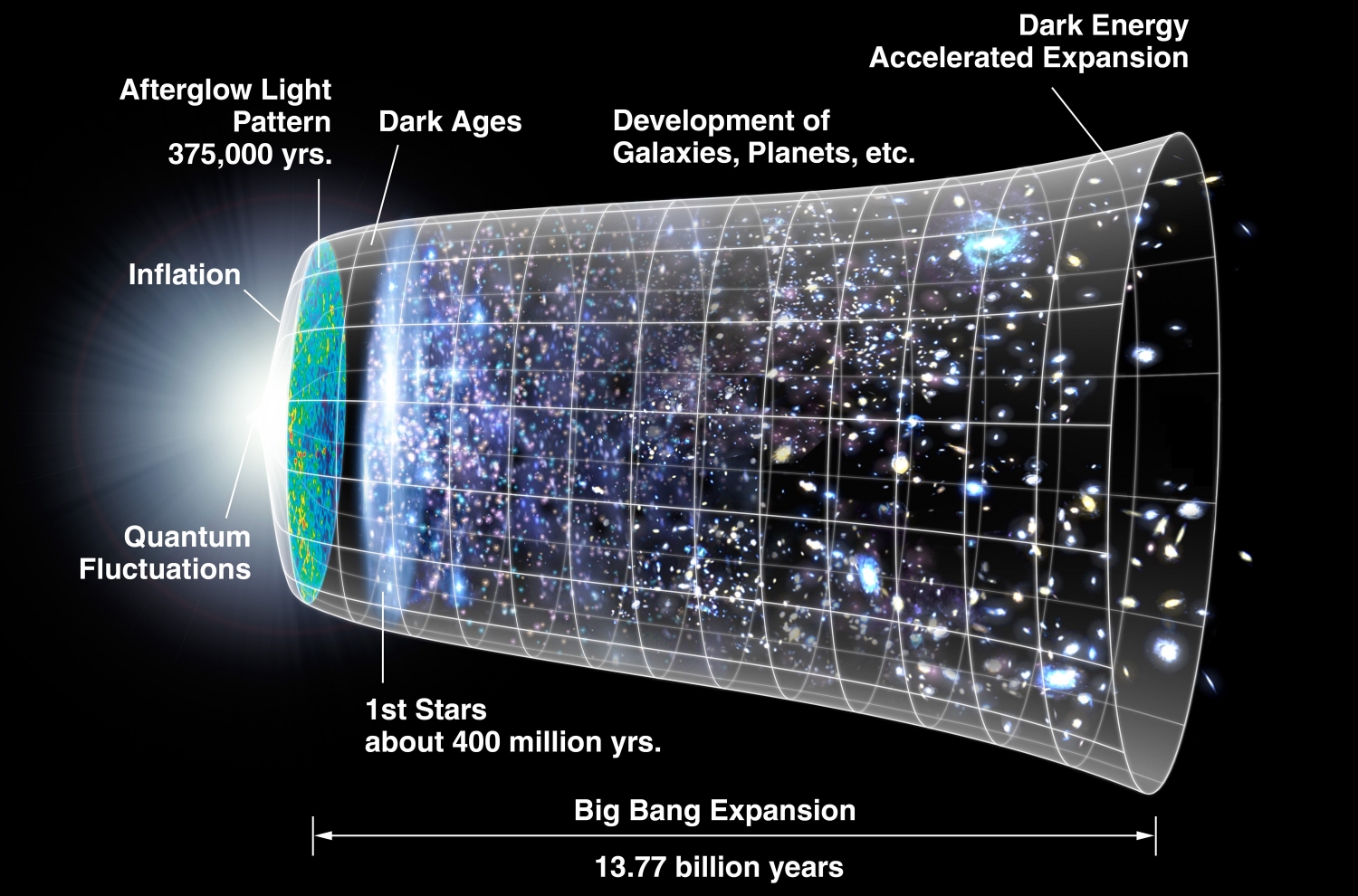
(click for credit)
I have been teaching science for 34 years. I have been writing science textbooks for 27 years. I can’t tell you how many times I have written about blood and its components. Indeed, I am writing a 7th-grade textbook right now (Science in the Atomic Age), and it has a couple of sections on the properties and characteristics of human blood. As usual, I discuss the cellular components of blood (red blood cells, white blood cells, and blood platelets) as well as the chemical components of blood (blood clotting factors, water, electrolytes, various proteins, etc.). I honestly thought we understood blood pretty well. However, God’s creation is so complex and intricate, it still surprises us. In a recently-published paper, scientists have found that blood contains something no one ever noticed before, and it is neither cellular nor chemical. It is something in between!
To understand what was found, you need to know that cells in fungi, plants, animals, and people contain small structures that are responsible for burning chemicals from your food and packaging the resulting energy into small units that the cells can use. Those structures are called mitochondria. While most of a cell’s DNA is held in the nucleus of the cell, there is some DNA found in the mitochondria. Not surprisingly, it is called mitochondrial DNA (mtDNA) to distinguish it from the DNA found in the nucleus, which is called nuclear DNA (nDNA).
I had learned quite some time ago that there was a lot more mtDNA in blood than nDNA, but that always made sense to me. Red blood cells have neither, because they eject their nucleus and mitochondria when they mature. However, white blood cells have both. When someone extracts DNA from blood, he or she is getting the nuclear DNA from the white blood cells. Well, each cell has several mitochondria and only one nucleus, so the white blood cells will contribute more mtDNA than nDNA to blood. In addition, blood platelets have mitochondria but no nucleus, so they are contributing a lot of mtDNA and no nDNA.



